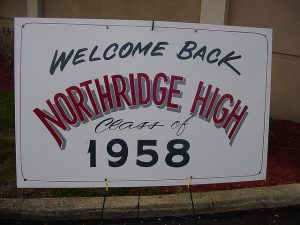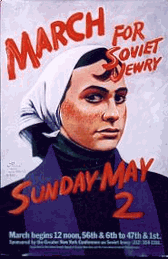For those of us with a keen and abiding interest in food, there’s no shortage of events to sate our appetites, from cooking classes and walking tours to panel discussions. They abound -- and often in the most unusual of venues. Just the other night, for instance, the Center for Jewish History in New York expanded its typical bill of fare with a salute to brisket, “one of New York’s most beloved dishes.”

Mine was among them. My mother, trained by her mother, a most excellent cook, made a mean brisket, which she served with great fanfare on the Jewish holidays and on the occasional Shabbat.
But then my parents, together with my siblings, moved to Israel in the 1970s, cutting short our family’s brisket glory days. Much as my mother tried -- and boy, did she try -- a kosher brisket of the kind we enjoyed at 45 Margaret Avenue was not easily to be had. My father, who typically displayed little interest in the kitchen, joined together with her in making the pursuit of brisket a collective project.
With high hopes, the two of them would set off of an afternoon in search of a kosher butcher who, rumor had it, stocked an American-style brisket. Many hours and shekels later, lugging several kilos of the stuff, they would return to 7 Rehov Mendele, where they eagerly attempted to recreate the smells, if not the size, of their American kitchen.
Despite the tenderest of ministrations, the costly hunk of meat shriveled in the pot, from which it emerged a tough, stringy, unappetizing brown mess. My parents’ spirits shriveled, too. Time and time again, they’d come away from the table disappointed, disheartened, and even a bit sorrowful.
My parents’ reaction to these sorry excuses for a brisket struck me as, well, a trifle overdone. But now, for reasons that only became clear in the wake of “Let’s Brisket!,” I see things differently. I’ve come to understand that it was never just about the meat. Rather, the brisket-that-wasn’t bore a larger significance, signaling the incompleteness of their adjustment to Israeli life.









